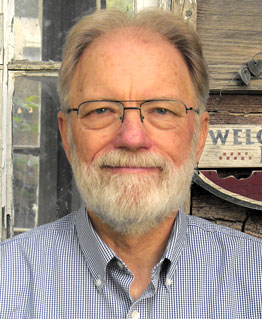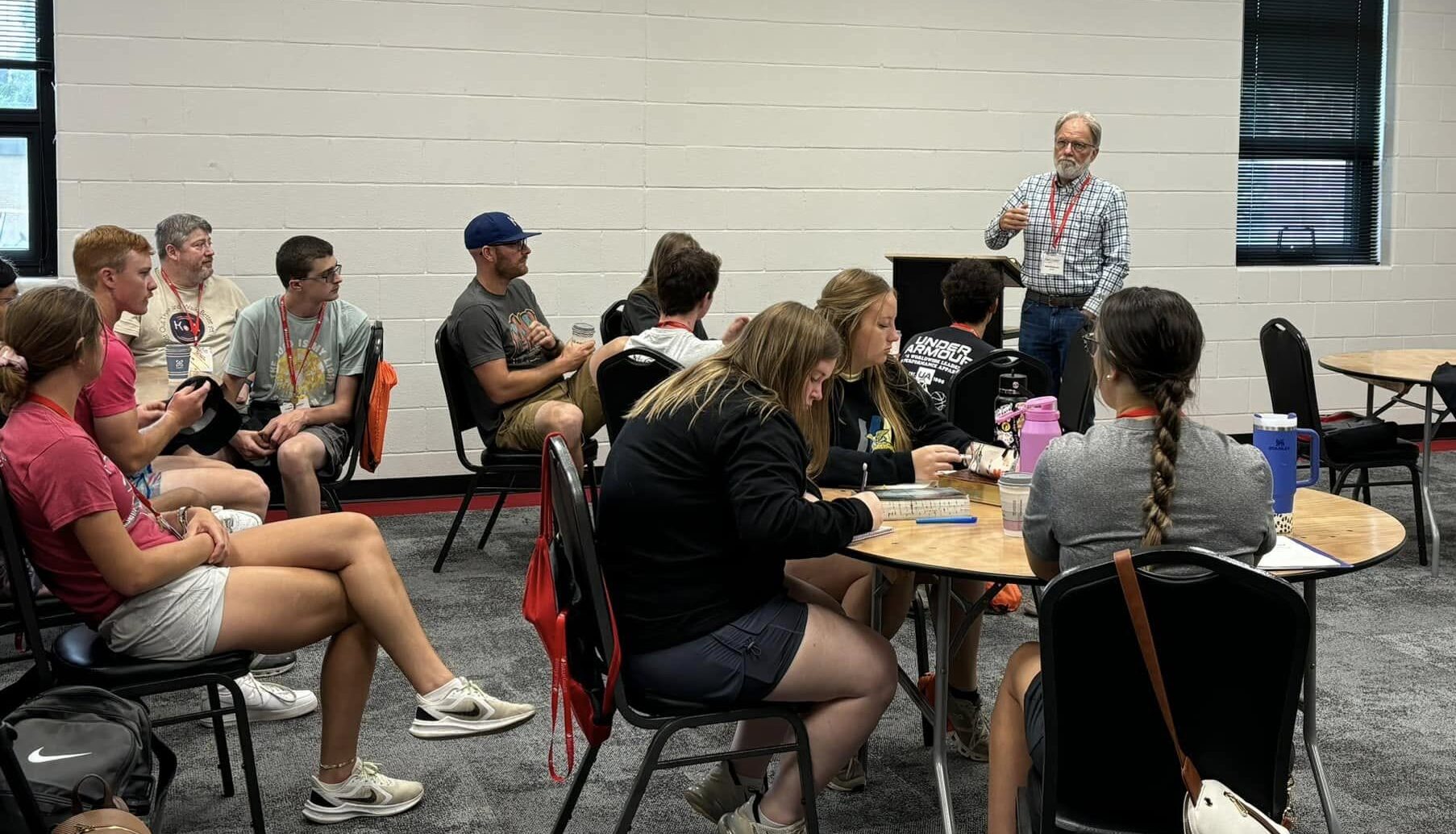My Story
I grew up in a Christian home and we faithfully attended Friends churches. My personal timeline for knowing that church life included something called outreach and evangelism goes something like this. My first exposure to evangelism was when my parents attended a Billy Graham event and they told me what it was about. Then we were part of a church that had an annual extra week of services where people were invited to give their lives to Jesus. About the time I entered high school, we were inundated by our pastor’s ongoing references to Robert Schuller’s drive-in theater church in southern California. We learned over and over that it was about attracting people to a different setting to present Jesus. When I was 17, my girlfriend and soon to become my lifelong spouse, Margie and I, took the plunge and attended evangelism training where we hit the neighborhoods in Estes Park and Loveland, Colorado, with the Four Spiritual Laws. Moving on to Friends Bible College (now Barclay) I was inundated with the writings of Donald Mc Gavran and C. Peter Wagner on Church Growth. My early pastoral years were invested in learning about Breaking the 200 Barrier so church growth could continue. Then came the years of being pummeled with the great news that seeker-oriented mega churches were the way to get the news of Jesus out there. Oh, I forgot to include emergence of Rick Warren and The Purpose Driven Church.
Church Growth Cynicism
My life, and certainly my pastoral years, were immersed in wave after wave of varying emphases related to evangelism and outreach. While there were a variety of approaches, the heart of each of these movements and strategies was communicating the gospel to those around us. I believe my experience was similar to that of the majority of pastors and leaders; all the above pretty much went nowhere. I was still the lead pastor at Greenleaf Friends when we began to hear about Thom Rainer and Church Revitalization. At the risk of sounding satirical, my first response was to think, “Here we go again”.
Revitalized or Revitalization (+ what it is not)
With this experience in my background, it has been an interesting journey in working with our NWYM churches that choose to engage with the Church Revitalization concepts and materials. So far, the most common entry point for our churches, into Church Revitalization, has been through reading and processing Thom Rainer’s book, Scrappy Church. (Mindy Burns wrote a good summary of this book. Scrappy Church, A Review, is posted as a NWYM blog article, dated July 10, 2024.) As I’ve conversed with churches about this book and read CR articles and listened to a number of webinars, my “here we go again” skepticism has been replaced with an appreciation for where and how Church Revitalization engages our churches. Here are a few thoughts on what it is and is not.
Church Revitalization is not a new program or trendy way of trying to engage a post-modern culture. Whatever it is, it is not a cure-all, follow this program and all will succeed proposition. Thankfully it is not about trying to become a megachurch or assuming that the biggest church is the best church.
So What’s Revitalization?
Church Revitalization is (and this is why it may be so hopeful for Evangelical Friends) an open door to slowly but surely work on the disconnect between our churches’ cultures where we think we are committed to outreach but we really are not. Looking back, over my being a member and eventually a recorded Friends minister with an entire working career in pastoral and yearly meeting leadership among Friends, I’ve concluded that the real issue for Friends is culture. We believe that we are outreach-minded, when in reality our mindset is that anyone is welcome in our churches if they want to take us, just as we are. This is not a mindset that stands beside Jesus and sees that the fields are ready for harvest.
Church Revitalization is not about creating outreach and evangelism strategies that are an add-on to our current programing and life of fellowship in the church. If a church hangs with Church Revitalization it has the potential to vastly improve how it opens its doors to the community and reaches out to invite people in. In the process, the mindset and pace of Church Revitalization creates room for the faithful believers to adapt and adjust, so that they become effective at passing on what they’ve learned about cultivating an intimate walk with Jesus to new believers. It will help us reorient our church culture around the foundational assignment of Jesus to be fishers of men and to make disciples. It will help us reorient our church culture to be more balanced in nurturing our personal walk with the Lord, care for one another and ongoing investment in evangelism and outreach.
Church Revitalization is not about quick fixes. It is about healthy, long-term transformation and orderly reorientation. I compare it to a healthy diet. There is nothing fancy or trendy about eating a balanced number of servings of the right foods. But a person’s health is readily enhanced by a balanced diet. Church Revitalization is really about a balanced church life.
Are You In?
My entire pastoral and yearly meeting leadership years has been with Friends. That experience ranges from being in a church of 300 to a church of 30. Church Revitalization fits all these sizes. My growing vision is that NWYM as whole would benefit greatly if most or all of our churches would work with this material. It would help us renew strategic outreach throughout the yearly meeting, give us a common language for discussing outreach and discipleship and renew a sense of teamwork throughout the yearly meeting. I find this very hopeful. I am free to visit with any church about Church Revitalization.
Are You Ready to Revitalize?

Alan Weinacht
Associate Superintendent
Alan was born and grew up in Rocky Mountain Yearly Meeting. Ministry years took him to Mid America, Indiana and Northwest Yearly Meetings. Alan and Margie were pastors at Greenleaf Friends for 17 years. The birth of Alan’s vision for sharing the gospel, that grew into a calling into pastoral leadership, was birthed his first year out of high school as he served for a year with Wycliff Bible Translators in Colombia, South America. Alan and Margie live in Greenleaf, Idaho. They have 4 married children and grandchild number 15 is on the way.

